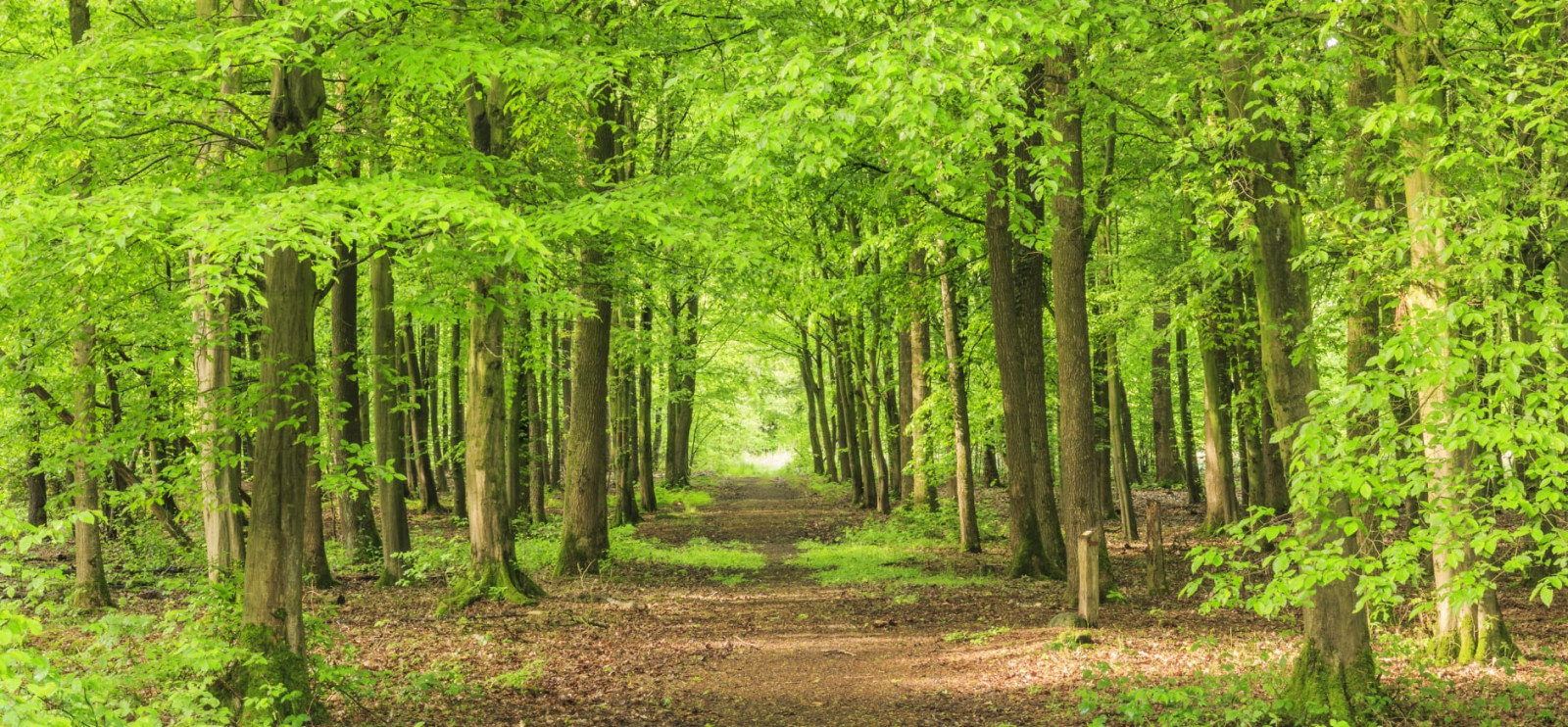Opis
The Voorsterbos was planted between 1941 and 1961, but the former production forest has been transformed into a much more natural forest where dead wood remains so that insects and birds have more opportunities and where the trees are no longer in neat rows. The forest has now grown into a beautiful mature forest with a high natural value with many special mushrooms and also many birds. There are many different hiking trails that run through coniferous and bird-rich deciduous forests. More than 60 bird species breed in the forest, including krzyżodziób świerkowy, uszatka, puszczyk zwyczajny, dzięciołek, Trzmielojad, krogulec, muchołówka szara, mysikrólik, czarnogłówka (zwyczajna), sosnówka, gajówka, kowalik and pełzacz ogrodowy. In winter the Voorsterbos is also a good place to see czyż, jer, gil and grubodziób. There are also several ponds and ditches in the forest where in winter you can find birds like nurogęś, czapla biała, zimorodek en pliszka górska.
_________________________
Nederlands: Het Voorsterbos werd tussen 1941 en 1961 aangeplant, maar het voormalige productiebos is door Natuurmonumenten omgevormd tot een veel natuurlijker bos waar dood hout blijft liggen zodat insecten en vogels meer kansen krijgen en waar de bomen niet meer in keurige rijtjes staan. Het bos is inmiddels uitgegroeid tot een prachtig volwassen bos met een hoge natuurwaarde met veel bijzondere paddesteoelen en ook veel vogels. Er zijn veel verschillende wandelpaden die lopen door dichte naaldbossen en vogelrijke loofbossen. In het bos broeden meer dan 60 vogelsoorten waaronder krzyżodziób świerkowy, uszatka, puszczyk zwyczajny, dzięciołek, Trzmielojad, krogulec, muchołówka szara, mysikrólik, czarnogłówka (zwyczajna), sosnówka, gajówka, kowalik en pełzacz ogrodowy. In de winter is het Voorsterbos ook een goede plek voor het zien van czyż, jer, gil en grubodziób. In en aan het bos liggen ook diverse waterplassen en vaarten. In de winter kun je daar vogels als nurogęś, czapla biała, zimorodek en pliszka górska aantreffen.
Szczegóły
Dostęp
There are numerous signposted walking routes through the forest of various lengths. The circular walk marked on the map is approximately 8 km long. A good starting point for exploring the forest is Recreation Center De Voorst (Leemringweg 33, 8317 RD Kraggenburg). Click on the P in the map for directions to the parking lot. Drive from the A6 Lelystad-Emmeloord via Nagele and Ens to Kraggenburg (N352). At the roundabout turn left towards Marknesse: Leemringweg. Take the first right to Recreation Center De Voorst. By public transport: with bus line 71 from Zwolle and Emmeloord, stop De Voorst on the Leemringweg.
_________________________
Nederlands: Er zijn talloze bewegwijzerde wandelroutes door het bos van verschillende lengte. De rondwandeling die is aangegeven op de kaart is ongeveer 8 km lang. Goed startpunt voor verkenning van het bos is Recreatiecentrum De Voorst (Leemringweg 33, 8317 RD Kraggenburg). Klik op de P in de kaart voor een routebeschrijving naar de parkeerplaats. Rijdt vanaf de A6 Lelystad-Emmeloord via Nagele en Ens naar Kraggenburg (N352). Op de rotonde linksaf richting Marknesse: Leemringweg. De eerste weg rechts naar Recreatiecentrum De Voorst nemen. Met het openbaar vervoer: met buslijn 71 vanuit Zwolle en Emmeloord, halte De Voorst aan de Leemringweg.
Teren i siedlisko
LasWarunki
PłaskiTrasa dookoła
TakCzy luneta będzie przydatna ?
NieUdany sezon obserwacyjny
Przez cały rokNajlepszy czas na wizytę
WiosnaTrasa
Szeroka ścieżka , Wąski szlakPoziom trudności szlaku pieszego
ŁatwyDostępne
PieszoCzatownia/platforma obserwacyjna
NieDodatkowe informacje
You can combine a visit to the Voorsterbos with the adjacent Waterloopbos, also described on Birdingplaces.
_________________________
Nederlands: Je kunt een bezoek aan het Voorsterbos combineren met het ernaast gelegen Waterloopbos, ook beschreven op Birdingplaces.


